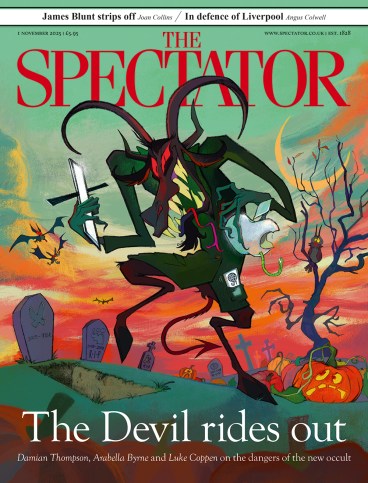
Hugh Thomson has narrated this article for you to listen to.
At the end of the 1970s, the Illustrated London News printed a special edition to commemorate the decade. What did it focus on? Music, from David Bowie to Bob Marley? Some of the best films Hollywood has ever produced, from The Godfather on? Political crises, such as Watergate and the end of the war in Vietnam? No, there was only one headline: ‘The 1970s: The Years of Terrorism.’
We forget – and perhaps we want to – quite how brutal and random that time could be, with plane hijackings, the Munich Olympics atrocity and bombs going off from the Tower of London to Washington to Singapore, where the Japanese Red Army caused mayhem. In a superb and monumental book, Jason Burke details the principal movements that flourished and to a surprising extent nurtured each other. These were the Palestinian Liberation Organisation, the Baader-Meinhof Gang, also confusingly known as the RAF (Red Army Faction), and of course our own IRA – with Russia occasionally giving a helpful Kalashnikov to any insurgent movement that needed it.
Weaving between the different factions, and so a natural narrative link, is the extraordinary figure of Ilich Ramirez Sanchez, aka Carlos the Jackal. He was born in Venezuela in 1949, trained in Moscow (the Russians were apparently scared of him), fought in Jordan, killed policemen and civilians extensively in France and was finally tracked down in Sudan in 1994.
Yet Carlos proved so elusive that when CIA operatives tried to catch him in Khartoum they had no extant photo to go on. The man in charge of the special operation, Billy Waugh, later recalled that it was only because he was having a pizza in a Sudanese hotel and chanced to spot the person known to be the Jackal’s bodyguard that they eventually got their man. Carlos turned out to have been living in some comfort, as he made a habit of keeping some of the hostage money he raised for terrorist causes. In a pre-internet and mobile phone age, it was a lot easier to stay off grid. Members of the Baader-Meinhof Gang still occasionally get discovered in their silos.
For the past 30 years, Carlos has been staying at the French government’s pleasure in a prison outside Paris. Thoroughly unrepentant, he supported Osama bin Laden after 9/11, and could have met him earlier, as they were living in Sudan at the same time. It is a scenario surely ripe for some socialist Tom Stoppard to dramatise – although Carlos’s hard drinking and womanising might not have gone down well with his Islamic soulmate.
The year when this all really kicked off was 1968. Once the principle of armed violence as a legitimate factor in overturning democratic structures had become part of the mix at barricades by the Sorbonne, it spread across the world to a soundtrack of the Rolling Stones and MC5. Jean-Paul Sartre later hobnobbed with the Baader-Meinhof Gang: Andreas Baader was as much influenced by situationism as by Mao.
Burke’s opening words are: ‘This is a book about violence.’ One striking fact is how so few people – he reckons only around 100 – could have caused such carnage over four different continents. They came from all walks of life and included
young women and old men, literary students and high school dropouts, penniless refugees and scions of wealthy families, sociopaths and idealists, social care assistants and hardened assassins, puritans and hedonists, cynics, sadists and aspirant saints.
The epicentre of terrorism was the Middle East and the already brutal conflict between Palestinians and Israelis. It was a time when old certainties were being questioned and ‘sudden economic shocks led to the realisation that an improvement in the quality of life from generation to generation was not inevitable’. Established ideologies were being questioned or discarded. ‘To subvert’ became a critical term of acclaim.
Burke has been a foreign correspondent for almost 30 years and brings a wealth of experience to this epic. Having written books on al Qaeda, he is in a particularly good position to show how the secular terrorism of the early 1970s morphed into the Islamic terrorism which we live with today. He writes well, with sharp vignettes of the principal combatants.
There must be a residual sadness about how, in their quest for a brave new dawn, the assembled terrorists left so many victims in their wake; and so many who still grieve lost husbands, wives and children. Some may feel that those who inflicted such violence do not deserve this attempt to understand them. But, as Burke points out, nobody should base important decisions, moral or strategic, on ignorance. One should know one’s enemies. And they have cast a long shadow.
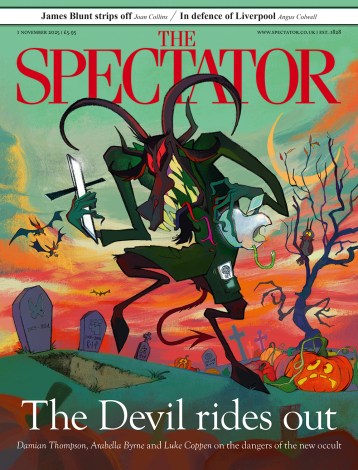
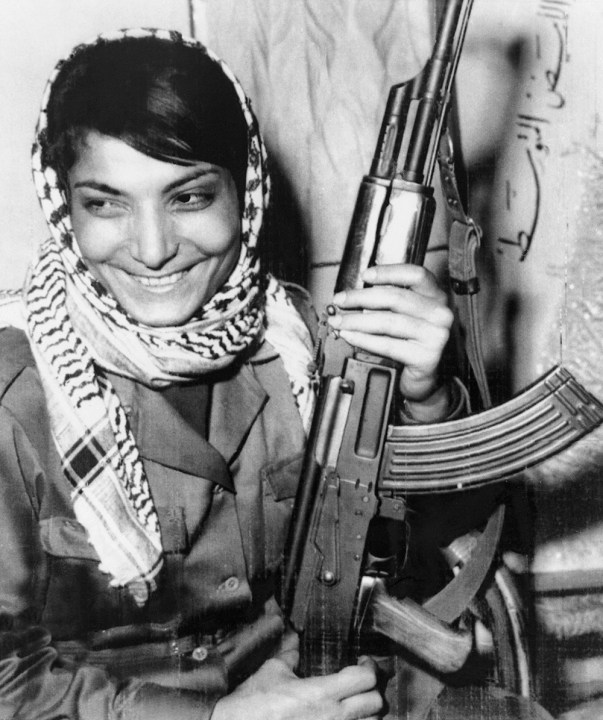
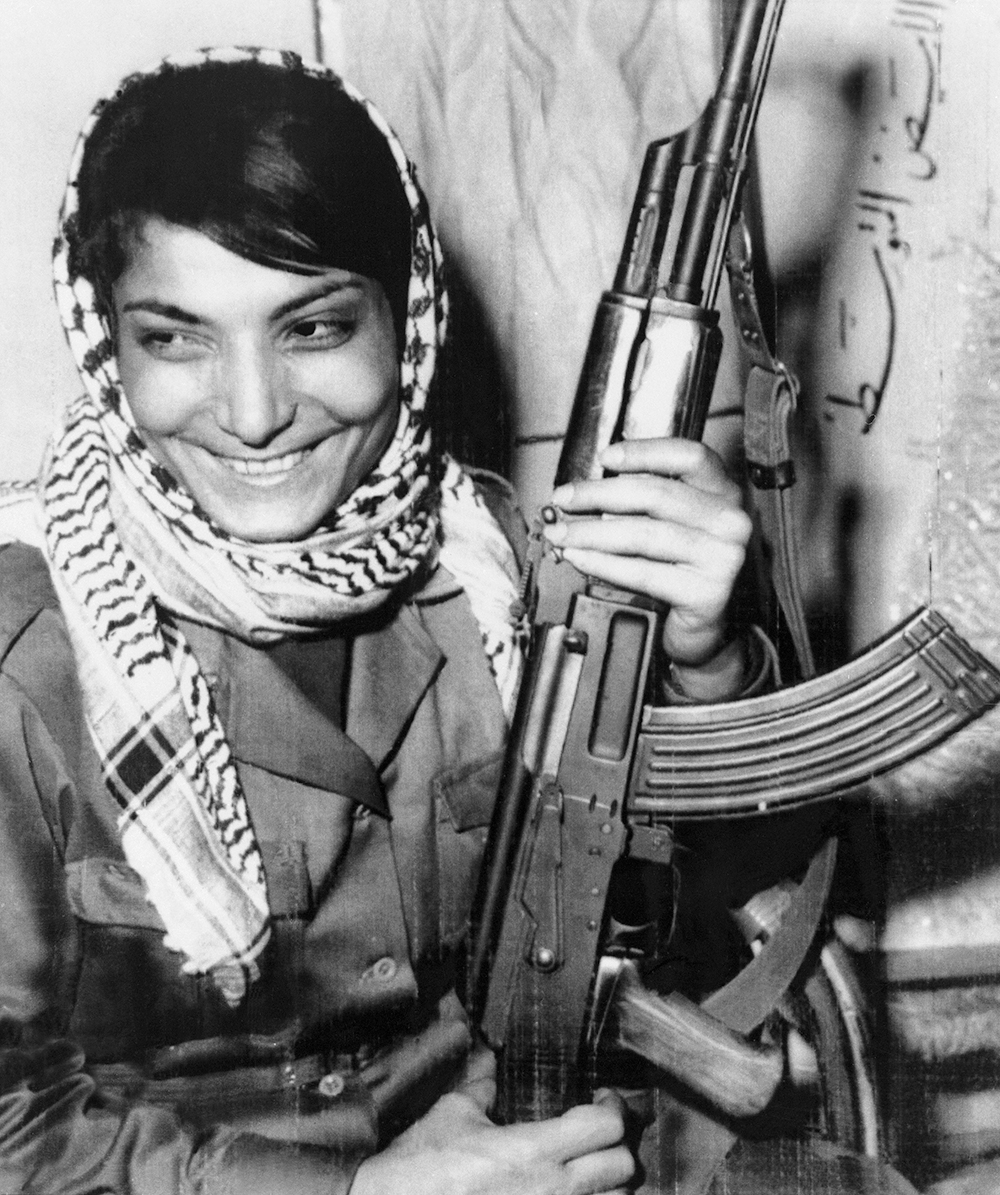
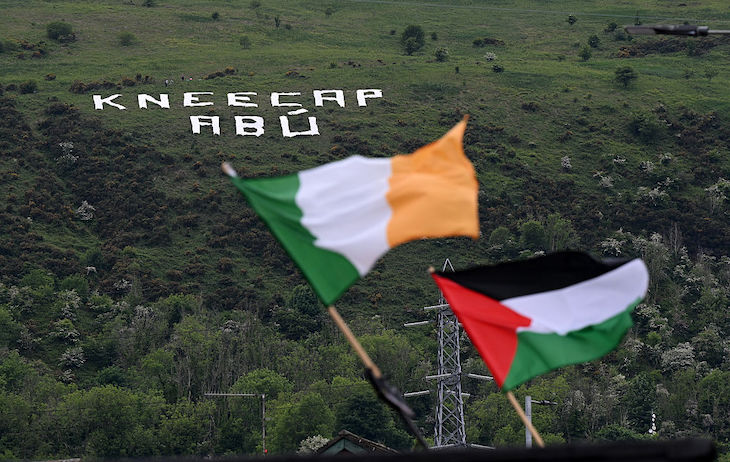




Comments